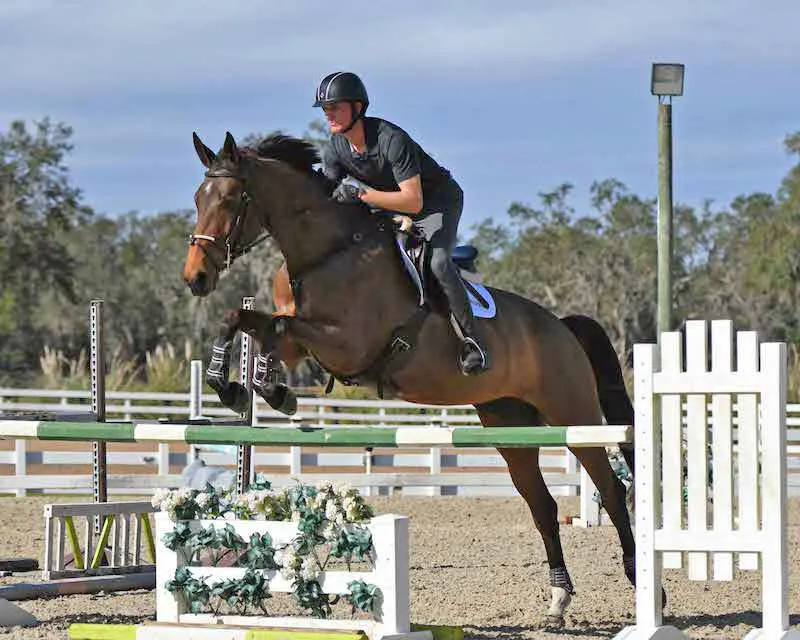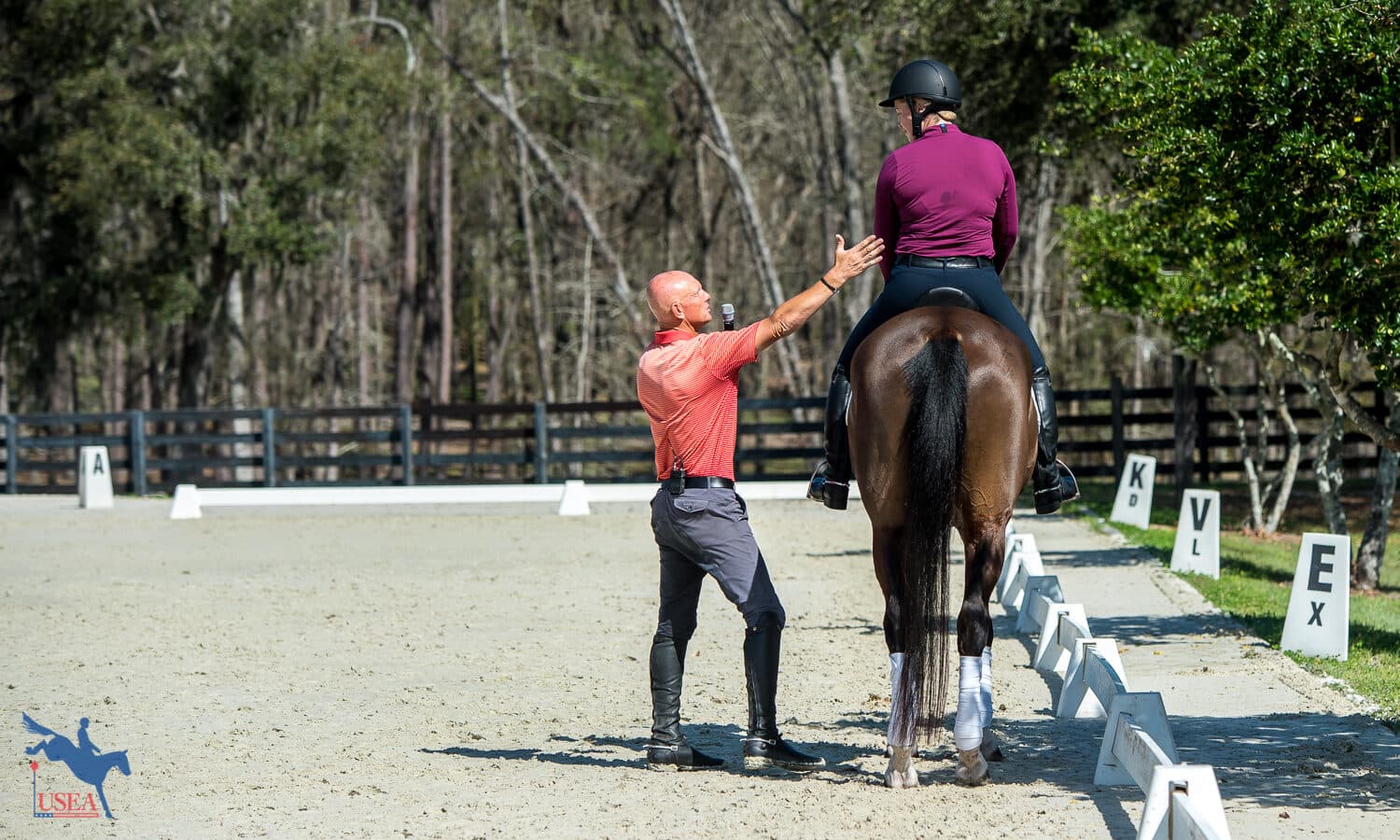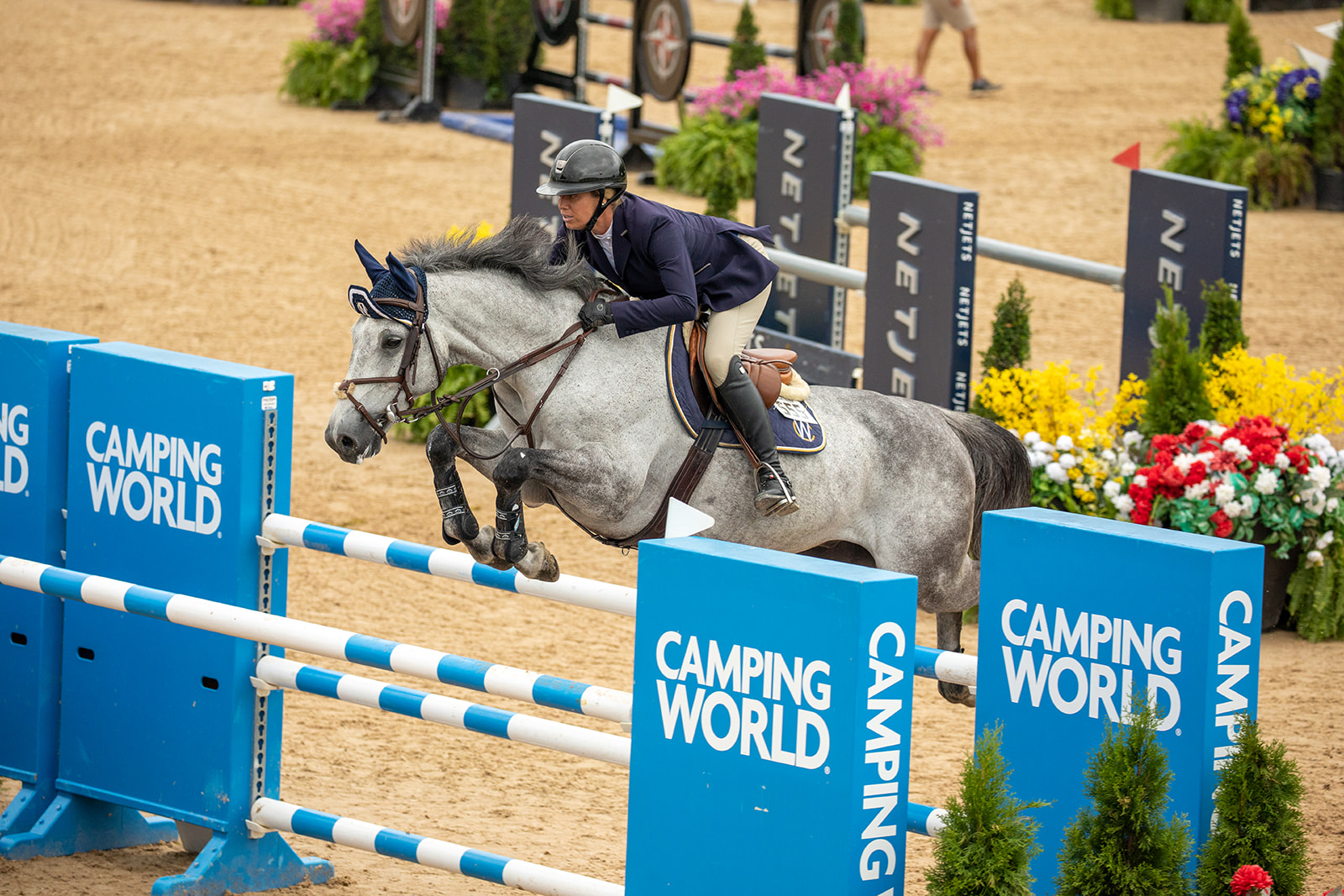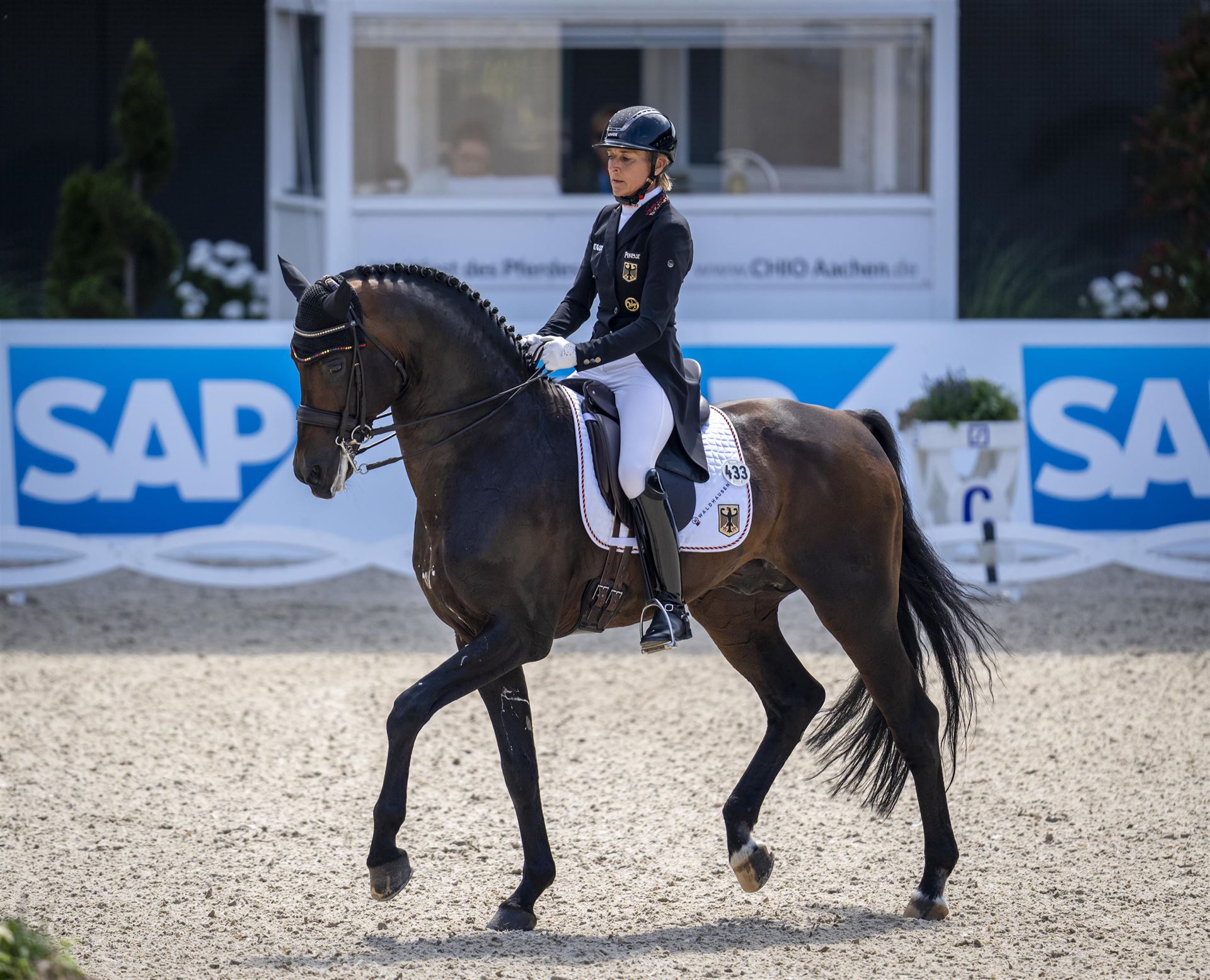Fitness Programs for Eventing Horses: A Comprehensive Guide

Eventing is a demanding equestrian sport that combines dressage, cross-country, and show jumping. To excel, eventing horses require specialized fitness programs that enhance their strength, endurance, agility, and overall health. This article explores effective fitness strategies tailored for eventing horses, ensuring peak performance and injury prevention.
Understanding the Fitness Needs of Eventing Horses

Eventing horses must develop a unique blend of cardiovascular fitness, muscular strength, flexibility, and mental focus. Their training programs should address these components systematically to prepare them for the varied challenges of the sport.
| Fitness Component | Importance | Training Focus |
|---|---|---|
| Cardiovascular Fitness | Enhances stamina for endurance phases | Long, steady rides; interval training |
| Muscular Strength | Supports jumping and dressage movements | Hill work; resistance exercises |
| Flexibility | Prevents injuries and improves movement | Stretching routines; dynamic warm-ups |
| Mental Focus | Maintains concentration during events | Varied training environments |
Key Elements of a Fitness Program for Eventing Horses

1. Conditioning
Conditioning builds the horse’s aerobic capacity and muscular endurance. It involves gradually increasing the intensity and duration of workouts to avoid overtraining.
- Long, slow distance rides: Develop cardiovascular base.
- Interval training: Improves speed and recovery.
- Hill work: Builds strength and power.
2. Strength Training
Strength training enhances the horse’s ability to perform powerful jumps and maintain posture during dressage.
- Incorporate hill climbs and resistance exercises.
- Use cavaletti and poles to improve muscle tone.
3. Flexibility and Mobility
Flexibility exercises reduce the risk of strains and improve the horse’s range of motion.
- Daily stretching routines.
- Dynamic warm-ups before workouts.
4. Recovery and Rest
Adequate rest is crucial for muscle repair and overall health.
- Schedule rest days.
- Use cold therapy and massage as needed.
Sample Weekly Fitness Program
| Day | Activity | Focus |
|---|---|---|
| Monday | Long, slow distance ride (45 min) | Cardiovascular base |
| Tuesday | Hill work and cavaletti exercises | Strength and agility |
| Wednesday | Rest or light walking | Recovery |
| Thursday | Interval training (trotting/cantering) | Speed and endurance |
| Friday | Dressage practice with stretching | Flexibility and control |
| Saturday | Cross-country schooling | Stamina and mental focus |
| Sunday | Rest | Recovery |
Nutrition and Hydration
Proper nutrition supports fitness by providing energy and aiding recovery. Ensure a balanced diet rich in:
- High-quality forage
- Adequate protein for muscle repair
- Electrolytes to replace minerals lost during sweating
Hydration is equally important, especially during intense training and hot weather.
Frequently Asked Questions (FAQ)
Q1: How long does it take to condition an eventing horse?
A: Conditioning typically takes 8-12 weeks, depending on the horse’s initial fitness level and the intensity of the program.
Q2: Can I train my horse every day?
A: Daily training is possible but should include varied intensity and adequate rest periods to prevent fatigue and injury.
Q3: What signs indicate my horse is overtrained?
A: Signs include decreased performance, lethargy, loss of appetite, and behavioral changes. Adjust the program accordingly.
Q4: How important is mental training for eventing horses?
A: Mental focus is critical as eventing requires concentration across different disciplines and environments.
By following a structured fitness program tailored to the unique demands of eventing, horse owners and trainers can enhance their horses’ performance, reduce injury risk, and enjoy a successful competitive season.
